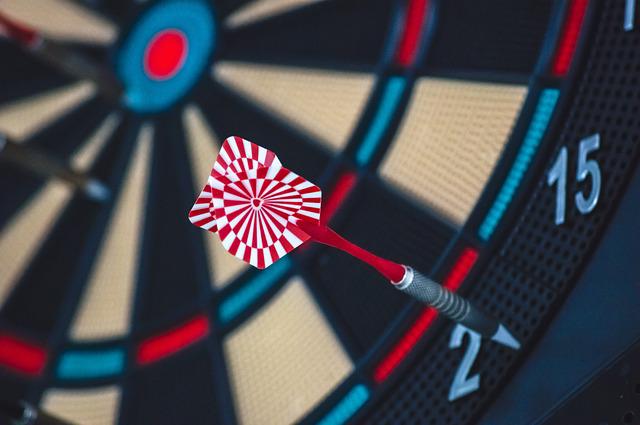Sports treasures refer to valuable and rare items or memorabilia that are associated with sports or sporting events. These can include items such as signed jerseys, autographs, limited-edition merchandise, championship rings, historic equipment, game-worn shoes, and other rare or unique collectibles. Sports treasures often have sentimental, historical, or financial value for fans, collectors, and sports enthusiasts. Some sports treasures are highly sought after by collectors and fetch high prices at auctions or in private sales.
A Brief History of Sports Treasures & How They Became Popular
The concept of sports treasures, or collecting valuable and rare memorabilia associated with sports, has a long history dating back to the early days of organized sports. Early examples include the trading of baseball cards in the late 19th century and the collecting of autographs by fans.
Sports treasures gained widespread popularity in the 20th century with the rise of sports fandom and the increasing commercialization of sports. The growth of professional sports leagues and the media coverage of sporting events created a culture in which fans were more invested in their favorite teams and athletes. As a result, collecting sports memorabilia became a popular hobby and a way for fans to show their loyalty and support.
The advent of technology and the internet has further fueled the popularity of sports treasures by making it easier for collectors to find and purchase items. Online marketplaces and auctions, as well as specialized sports memorabilia dealers, have helped to make sports treasures more accessible to fans and collectors around the world.
In recent years, the market for sports treasures has grown dramatically, with some items selling for millions of dollars. The value of a sports treasure is often determined by its rarity, condition, historical significance, and provenance. The most valuable sports treasures are often those that are associated with famous athletes or iconic moments in sports history.
Different Types of Sports Treasures
Sports treasures come in many different forms and can include:
- Autographs: Signed jerseys, balls, photos, or other memorabilia from famous athletes or sports personalities.
- Game-Used Memorabilia: Equipment, such as jerseys, pants, gloves, or bats, that were used in actual games by players.
- Championship Rings: Rings awarded to players and team personnel for winning a championship in a particular sport.
- Historical Equipment: Old and rare sports equipment, such as vintage baseball gloves, old basketballs, or antique golf clubs.
- Limited-Edition Merchandise: Collectible items such as trading cards, posters, or other merchandise that were produced in limited quantities.
- Tickets and Programs: Original tickets or programs from famous games or events, such as the World Series or the Super Bowl.
- Vintage Sports Posters: Old posters or advertisements that promote sporting events or teams from decades past.
- Handwritten Letters or Notes: Personal letters or notes written by famous athletes or sports personalities.
These are just a few examples of the many different types of sports treasures that exist. The value of a sports treasure can vary greatly depending on its rarity, condition, historical significance, and other factors.
Most Valuable Sports Treasures of All Time
The most valuable sports treasures of all time are typically rare and historically significant items that have been associated with famous athletes or iconic moments in sports history. Some of the most valuable sports treasures ever sold include:
- Babe Ruth’s 1920 Jersey: A jersey worn by Babe Ruth during the 1920 season sold for $5.64 million in 2012.
- Honus Wagner T206 Baseball Card: This rare baseball card featuring Pittsburgh Pirates player Honus Wagner sold for $3.12 million in 2016.
- LeBron James’ 2003-04 Rookie Jersey: The jersey worn by LeBron James in his first NBA game sold for $542,000 in 2020.
- Michael Jordan’s 1986-87 Game-Worn Sneakers: A pair of shoes worn by Michael Jordan in a 1986 game sold for $560,000 in 2020.
- Mark McGwire’s 70th Home Run Ball: The ball that Mark McGwire hit for his 70th home run of the 1998 season sold for $3 million in 1999.
- Derek Jeter’s 3,000th Hit Baseball: The ball that Derek Jeter hit for his 3,000th career hit sold for $369,000 in 2014.
- Pele’s 1970 World Cup Jersey: A jersey worn by Brazilian soccer legend Pele during the 1970 World Cup sold for $220,000 in 2002.
These are just a few examples of the many valuable sports treasures that have been sold in recent years. The value of a sports treasure can fluctuate based on several factors, including its rarity, historical significance, condition, and the demand from collectors and sports enthusiasts.
Impact of Sports Treasures on the Sports World
The impact of sports treasures on the sports world can be seen in several ways, including:
- Increased Interest in Sports: The popularity of sports treasures has helped to increase interest in sports and sports history. Fans and collectors are drawn to rare and valuable items associated with their favorite teams, athletes, and sporting events, which can create a greater appreciation for the sport and its history.
- Financial Benefits: The market for sports treasures can be significant and can provide financial benefits for athletes, teams, and organizations. The sale of game-worn jerseys, autographs, and other memorabilia can provide a source of income for athletes and teams, while the sale of collectible merchandise can provide a source of revenue for organizations.
- Conservation of History: The collection and preservation of sports treasures can help to conserve the history of sports. Valuable and rare items, such as vintage posters, old equipment, and autographs, can provide a window into the past and help to preserve the memories and legacies of famous athletes and iconic moments in sports history.
- Boosts to Local Economies: Sports-related memorabilia and merchandise can also have a positive impact on local economies. Major sporting events and the sale of sports treasures can attract fans and tourists, which can boost local businesses and provide economic benefits for communities.
While there are several positive impacts of sports treasures on the sports world, there are also some challenges and drawbacks. For example, the high prices commanded by some sports treasures can make them inaccessible to many fans and collectors. Additionally, the authenticity and provenance of some sports treasures can be difficult to verify, which can lead to issues with counterfeits and fraud.




